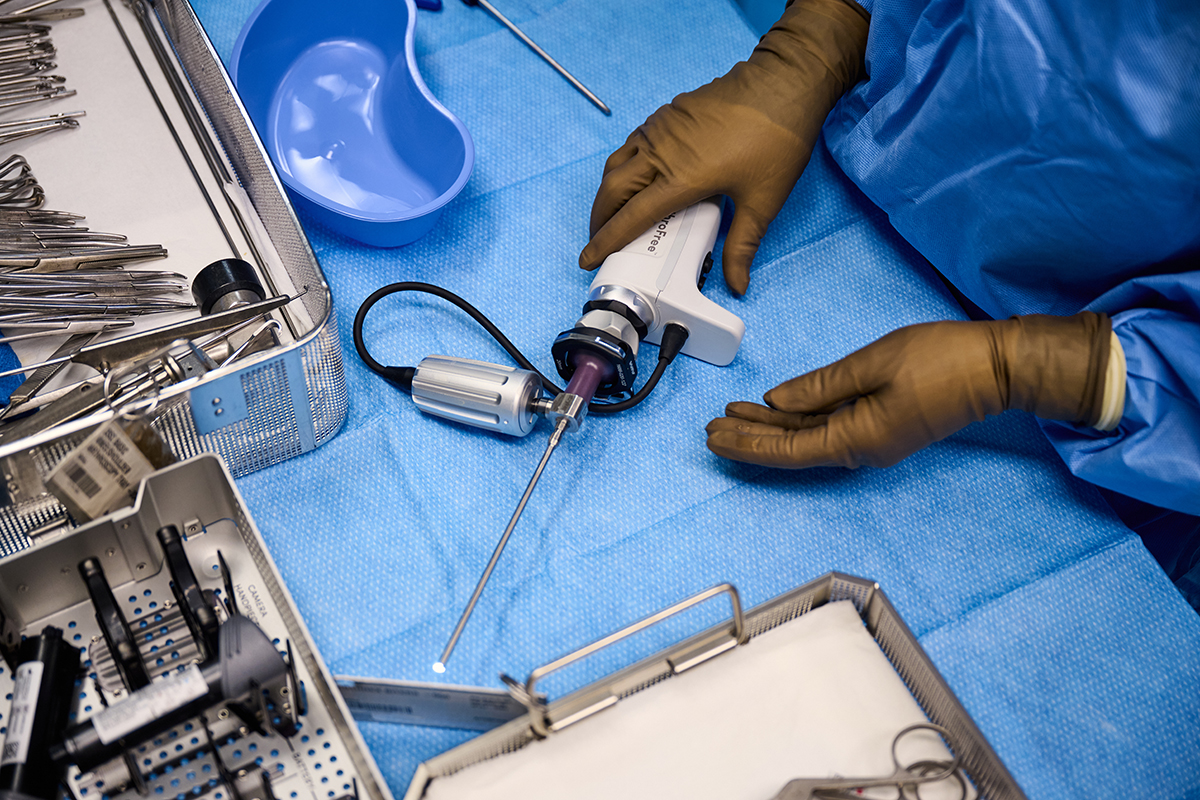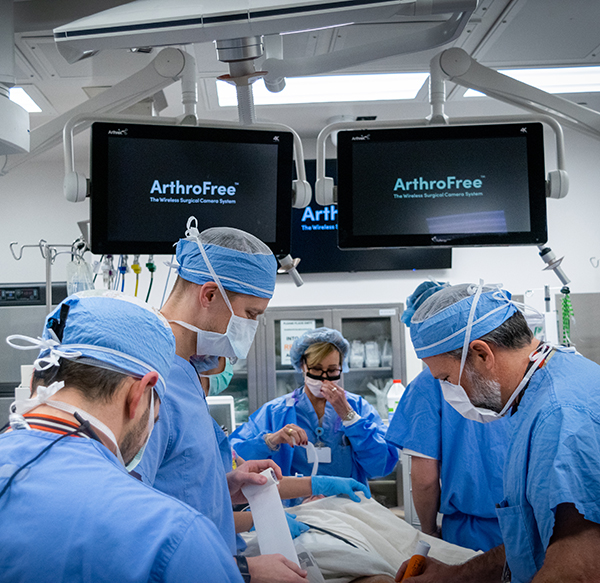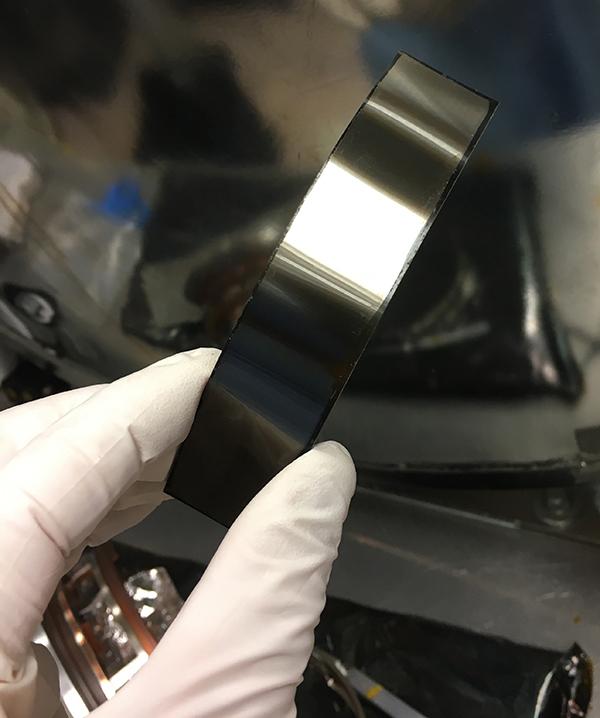
Cutting the Knee Surgery Cord
Subheadline
NASA experts offered early advice on first FDA-cleared wireless arthroscopic camera
Years ago, Eugene Malinskiy saw a physician assistant trip over the cords of an arthroscopic camera during a medical procedure. He recalls the story when people ask why he and his brother cofounded Lazurite Holdings LLC, a medical device company in Cleveland.
The assistant fell to the floor, pulled cables off the patient, and needed to be wheeled out of the operating room. The procedure had to be postponed.
Malinskiy and his brother, Ilya Malinskiy, went on to develop the first Food and Drug Administration-cleared wireless arthroscopic camera, a project that got an early boost from engineers at NASA’s Glenn Research Center in Cleveland, who advised on technical specifications.
Cutting the Cord
For orthopedic surgeons probing patients’ knees and other joints, the case for a wireless arthroscopic camera is strong.
In the operating room, cords are a tripping hazard; they can overheat and burn patients; and they are cumbersome and difficult for doctors to move around. Critically, the technology required for a wireless device has been mature and reliable for years.
To get rid of the cords, the Malinskiy brothers needed a power source and a wireless communication technology. They drew up design plans to fit those innovations into an economical and ergonomic package — “something that would be comfortable and not too heavy to hold for long periods,” Ilya Malinskiy explained.
They had a few technical questions, but otherwise things were going well – surprisingly well, considering their limited experience in the world of medical devices. Was there something they weren’t seeing?
That’s where they were in 2016 when they met with NASA engineers through the Adopt-a-City program, which ran from 2012 to 2016. The program enabled Glenn engineers and experts to consult with local businesses on a pro bono basis via a Space Act Agreement with the city of Cleveland.
Don’t Go on the Internet
It turned out that the first wireless arthroscopic camera wasn’t entirely unlike CubeSats – tiny satellites that often orbit Earth in clusters.
“We had a lot of the same issues,” Ilya Malinskiy said. “We both have very small devices that need to be reliably powered without a lot of weight.”
Thomas Miller, an electrical engineer in the Photovoltaic and Electrochemical Systems Branch at Glenn, said the Malinskiys were using the same-sized lithium-ion battery found in devices on the space station and in spacesuits, in addition to satellites.
Miller thought through the particular use scenarios of the device. “You don’t want the battery to fail. You don’t want a thermal runaway,” he said. “You want the system to be safe during fabrication, during routine charging. You have heat considerations in a device that needs to be sterilized.”
Ultimately, the NASA engineers connected the Lazurite team with several high-fidelity aerospace lithium-ion battery vendors.
“You don’t want to get batteries that went through a third party or aren’t up to snuff,” said Miller. “We recommended not going on the internet and buying cells from an unknown vendor.”
Overall, he said Lazurite’s early camera design was great. “They did a lot of upfront work, and they were just trying to make it better and more efficient, using the best batteries available,” Miller said.
‘This Will Work’
The Lazurite team also consulted with NASA engineers on their plan to use the ultra-wideband protocol – radio technology that enables encrypted transfer of a high-definition signal – and on the processors and chips they planned to use in the device’s central processing unit.
“The electrical engineers at NASA looked at our design and said, ‘Maybe use this one instead,’ or, ‘That’s a really good idea.’ They were saying ‘You may want to make a few changes, but this will work,’” Ilya Malinskiy said.
The company took the feedback to investors, he said. “Being able to say we had very skilled engineers from NASA take a look and say we should keep going was very, very useful.”
In 2022, Lazurite’s ArthroFree Wireless Camera System became the first FDA-cleared wireless camera system for minimally invasive surgery. The device has been used in scores of surgeries, and the company has raised tens of millions of dollars.
“It doesn’t always work out this way,” NASA’s Miller said. “Sometimes we must give companies bad news to prevent them from dumping more money into a project that won’t work. Lazurite had a good design, so it worked out great for them.”

The case is strong for getting rid of extra cords in an operating room setting, where they are a tripping hazard, can overheat and burn patients, and are cumbersome and difficult for doctors to move around. Credit: Lazurite Holdings LLC

Lazurite’s ArthroFree Wireless Camera System incorporated aerospace-grade lithium-ion batteries after developers consulted with NASA engineers. Credit: Lazurite Holdings LLC













